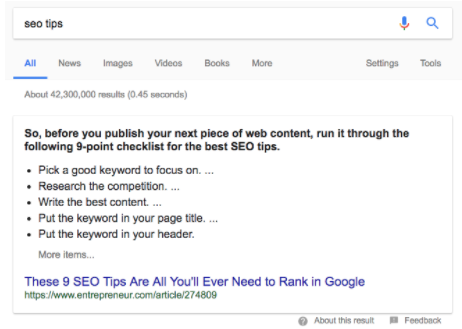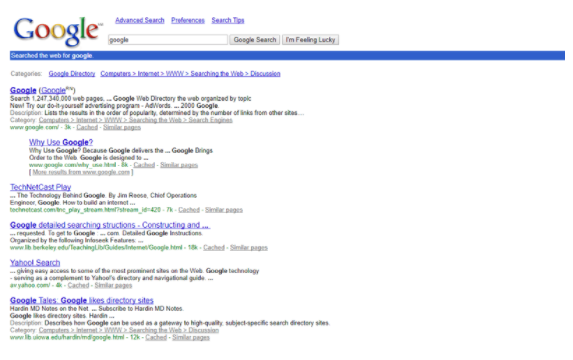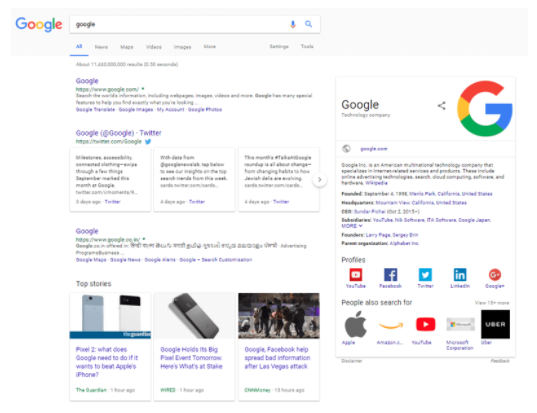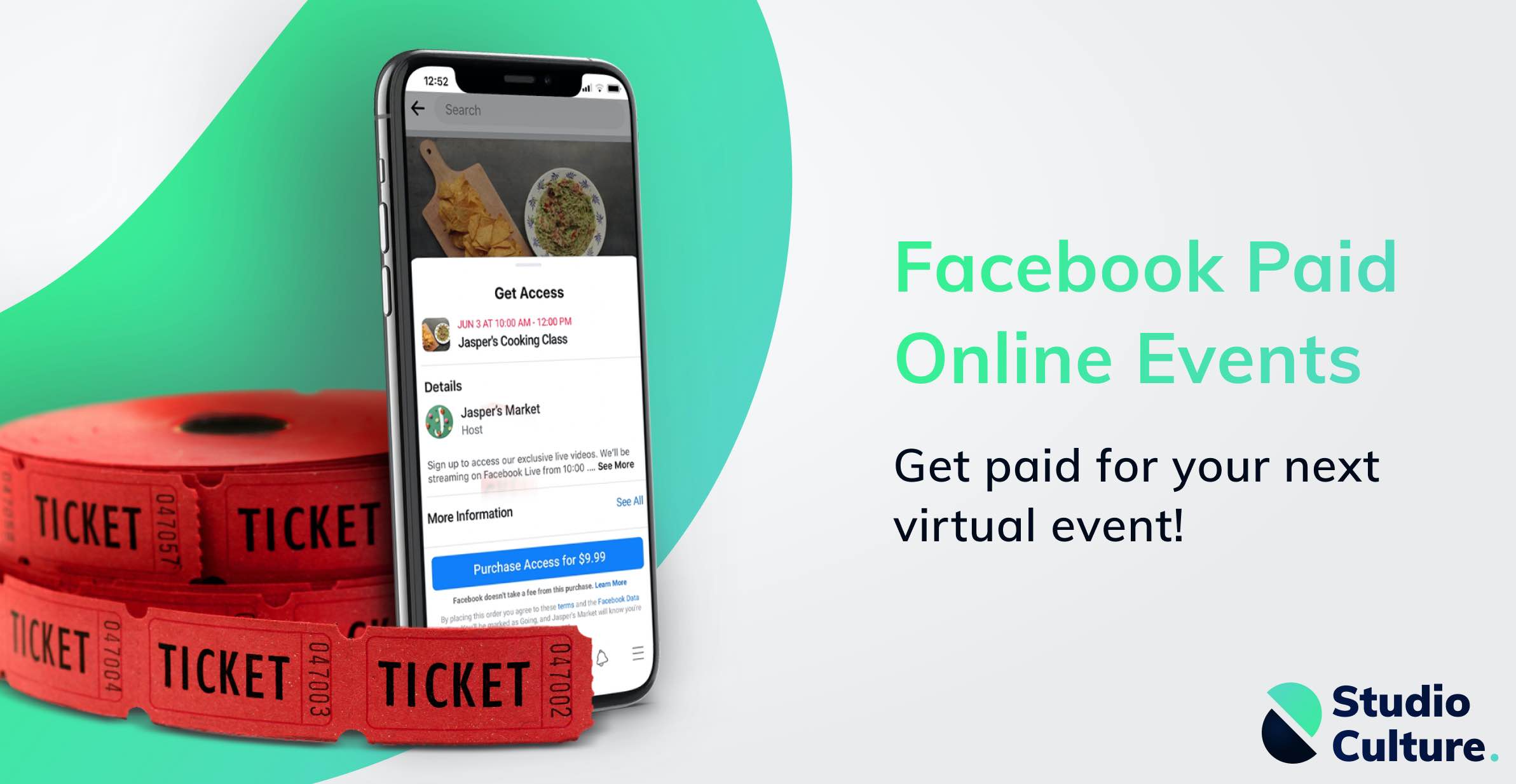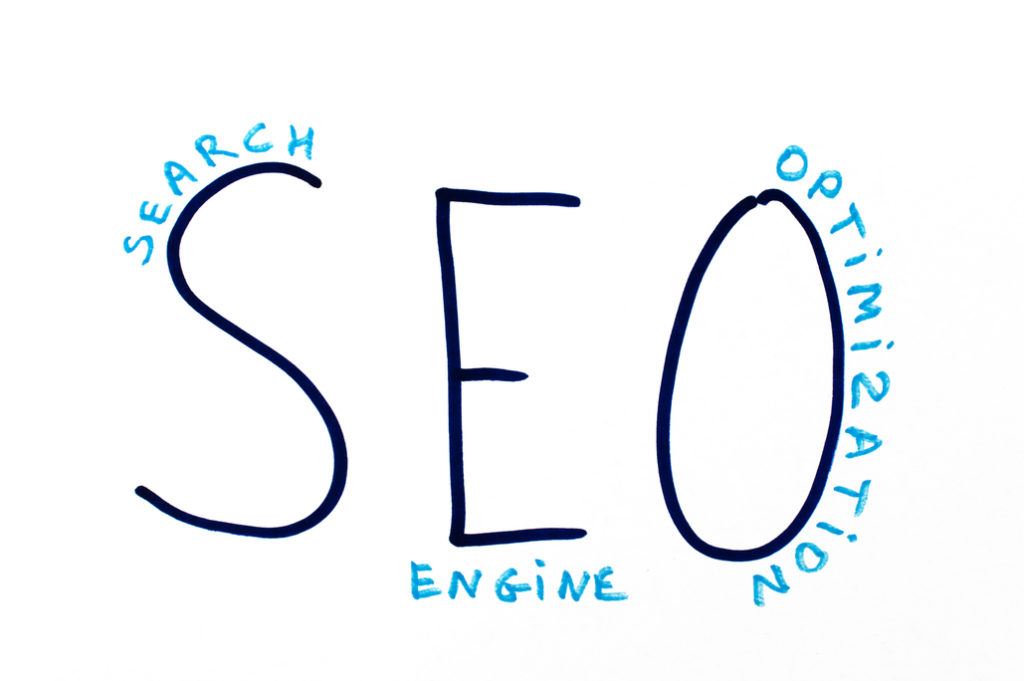
As we near the end of 2017, we’ve started thinking about what will be in store for SEO in 2018. Here are 4 trends that we’ll be keeping an eye on to make sure we remain competitive in the new year (and long after that!):
Link Building Will Emphasise Quality
In 2018, we think it’s going to be more important than ever to focus on link building strategies that emphasize quality over quantity. As search engine algorithms are always improving in terms of weeding out spam and detecting ‘black hat’ SEO tactics, we don’t think there will be much value in creating new links unless they add value to your site and help you to build authority in your target niche. This doesn’t necessarily mean that backlinks will have to come from the most popular sites, but it will be essential that businesses seek link coverage from sites that are relevant to their industry. Also, in May 2017, Google warned publishers who rely entirely on guest posts for link building that there will be a closer look at guest blogs in an attempt to control spammy and questionable links. This means brands will need to reassess how they incorporate guest blogs into their link building strategies and, overall, focus on creating more diversified link building strategies.
User Experience Across All Devices
Providing a great user experience is becoming increasingly important to maintain search traffic and create an engaged audience. Google has always placed great value on providing users with search results that best and most accurately respond to their search query. In fact, the first ‘commandment’ of Google’s ‘10 things we know to be true’ is “Focus on the user and all else with follow.”
This means, as always, our number one goal in 2018 will still be to help businesses produce high quality, valuable content that is tailored to suit the needs of their customers. Usually, the first step we take when it comes to making sure a site is user-friendly is to monitor a website’s speed, readability and navigation structure (on mobile and desktop). We also need to take an in-depth look at the browsing habits of website visitors, as this can provide useful insights as to what works well and what doesn’t.
Featured Snippets
The SEO rats race is not longer just about getting to the top of Google – it is also about having content displayed in ‘featured snippets’ (also referred to as achieving “position 0”).
According to IMNW, 30% of search queries on Google return a featured snippet – which means businesses need to start thinking of ways to optimise their content to meet featured snippet standards (this includes optimising for voice searches, which are becoming increasingly popular).
So far, we have found that lists, graphs and tables tend to be popular in featured snippets, as does Q and A style content and information that serves as a quick answer.
We are also taking into consideration Google’s ‘Answer Box,’ which is like an enhanced featured snippet that is designed to answer questions in an appealing way. According to Search Engine Watch, it has been observed that the results that show up in an Answer Box can see a CTR of 32.3% – so a great Answer Box strategy can improve a brand’s conversions as well as their site authority.
A Move Towards Visual Content
The internet is becoming increasingly visual – for proof, just look at old Google search results compared to those we get today:
With visual search, browsers can use an image as their search query. To perform an accurate visual search, search engines require processes that are far more sophisticated than those they use for traditional text or image search.
Visual search is set to take user experience and the capabilities of online browsing to the next level, and we think 2018 will hold some interesting visual search developments and opportunities. Numerous major tech companies like Bing, Pinterest and Google have already started investing in developing powerful visual search engines in a bid to capitalise on this new trend.
Although SEO for visual search isn’t a set science, we think a competitive, visual-search-friendly SEO strategy should take into consideration the way users consume visual content and the methods search engines use to provide visual answers. Visual search will likely mean that strong logos and visual content – as well as descriptive alt tags – will be more important than ever.
Read more about visual search
Contact Studio Culture
If you have any questions about how SEO is likely to change in 2018, don’t hesitate to get in touch with Studio Culture today. In the meantime, why not have a read through some retail trends your business should be aware of this holiday season?
Stay tuned for more 2018 SEO developments in part two!
